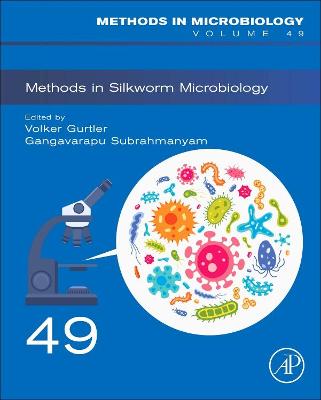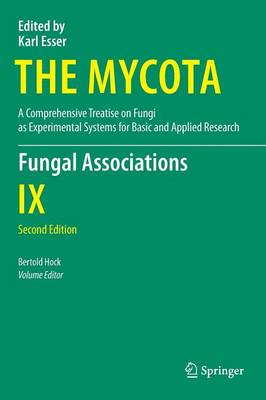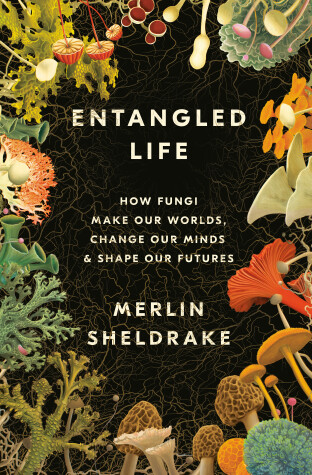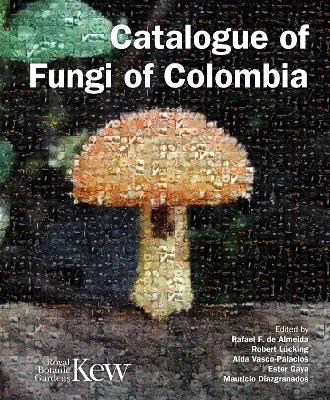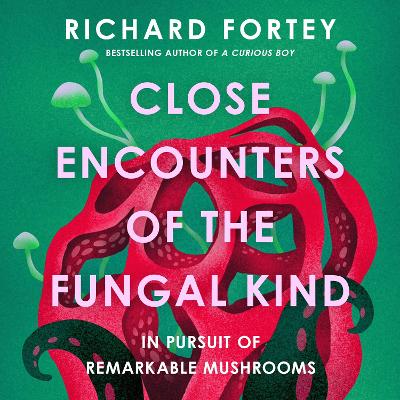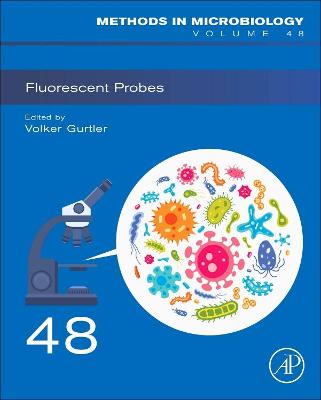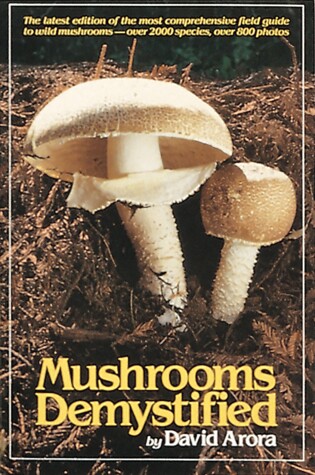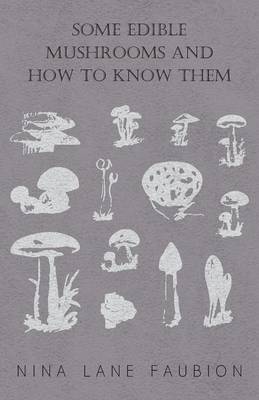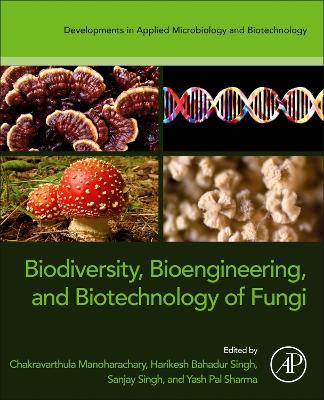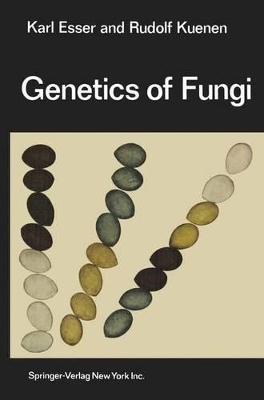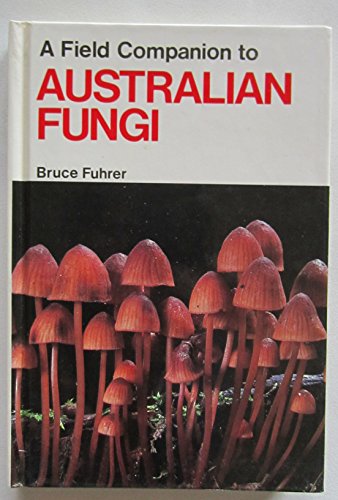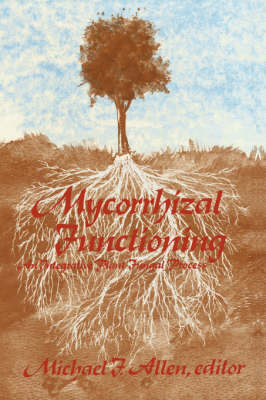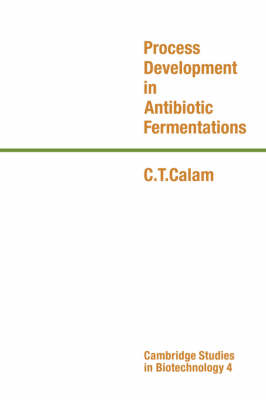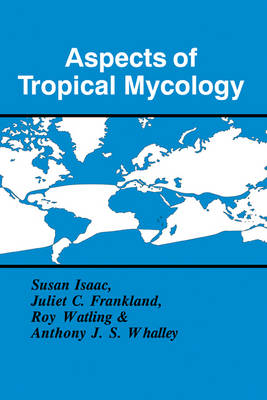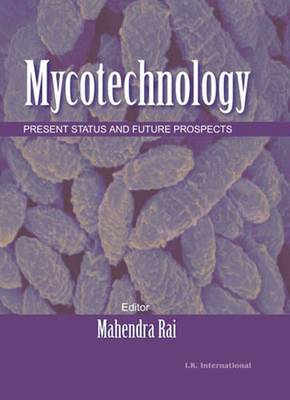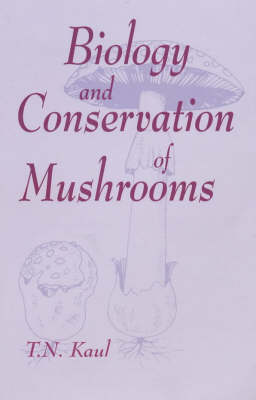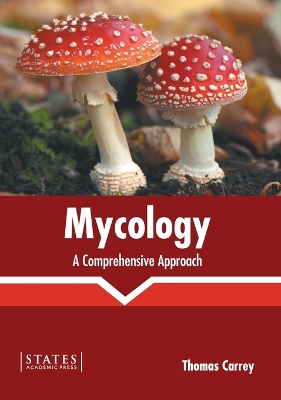Methods in Microbiology (Methods in Microbiology)
The book Methods in Silkworm Microbiology is the first ever publication that provides in-depth reviews on the latest progresses about silkworm –pathogen interactions, diseases and management practices for sustainable development of sericulture. Different molecular and immunodiagnostic methods for the detection of pathogens have been comprehensively addressed. Most recent advancements on the role of Micro RNAs in silkworm and pathogen interactions are provided with suitable illustrations. Recent...
Fungal Associations (The Mycota, #9) (Mycota (Second Edition))
This new edition of Fungal Associations focuses on mycorrhizas, lichens and fungal-bacterial symbioses. It has been completely revised, updated and expanded. Renowned experts present thorough reviews and discuss the most recent findings on molecular interactions between fungi and plants or bacteria that lead to morphological alterations and novel properties in the symbionts. New insights into the beneficial impact of fungal associations on ecosystem health are provided and documented with striki...
NEW YORK TIMES BESTSELLER • A “brilliant [and] entrancing” (The Guardian) journey into the hidden lives of fungi—the great connectors of the living world—and their astonishing and intimate roles in human life, with the power to heal our bodies, expand our minds, and help us address our most urgent environmental problems. “Grand and dizzying in how thoroughly it recalibrates our understanding of the natural world.”—Ed Yong, author of An Immense World ONE OF THE BEST BOOKS OF THE YEAR—Time, BB...
British Puffballs Earthstars and Stinkhorns an Account of the British Gasteroid Fungi
by D. N. Pegler, T. Lossoe, and B M Spooner
A modern, comprehensive account of this well known group of fungi. The introduction describes structure, habitats, collecting methods and folklore. There are keys to all taxa, and all species are described and illustrated in colour and by line drawings to aid rapid identification. Distribution maps cover all taxa.
The first comprehensive listing of the known Colombian funga. Compiled by a team of Colombian and international mycologists from the Royal Botanic Gardens, Kew, the Humboldt Institute and numerous partner institutions, it consolidates expert-generated information linked and accessible through an online portal (ColFungi). The checklist is accompanied by 15 chapters written by specialists, providing perspectives on the state of knowledge on the Colombian funga, covering a range of topics, from th...
‘A very enjoyable book that brilliantly blends science, insight and passion’ TRISTAN GOOLEY The secret world of fungi is another kingdom. They do things differently there. Diverse beyond our wildest imaginations, fungi don’t obey rules. They pop up unbidden and often dressed in curious reds and greens. They do not seem of this world, yet fungi underpin all the life around us: the ‘wood wide web’ links the trees by a subterranean...
Fluorescent Probes (Methods in Microbiology)
Fluorescent Probes, Volume 48 in the Methods in Microbiology series, highlights new advances in the field, with this new volume presenting interesting chapters on important topics, including Hydrogel microarray technology as a tool for clinical diagnostics, The use of probes and bacteriophages for bacteria detection, Probes used with point-of-care microfluidic devices for pathogen detection, Methods for combining FIB/SEM with three-dimensional fluorescence microscopy using CLEM approaches, Probe...
During the past few decades we have witnessed an era of remarkable growth in the field of molecular biology. In 1950 very little was known of the chemical constitution of biological systems, the manner in which information was trans- mitted from one organism to another, or the extent to which the chemical basis of life is unified. The picture today is dramatically different. We have an almost bewildering variety of information detailing many different aspects of life at the molecular level. Ther...
CRC Handbook of Lichenology (Routledge Revivals)
First published in 1988: This easy-to-read handbook provides a comprehensive review of the current knowledge on lichens. The structure of lichens and their dual nature is explained, as well as the physiology of interaction of the symbionts. The way lichens reproduce and their ecology is included, with methods for cultivating them and their isolated symbionts. Extremely useful as a text of lichenology, this handbook will benefit students of lichenology and allied fields, those interested in symbi...
Fungi are ubiquitous in the world and responsible for driving the evolution and governing the sustainability of ecosystems now and in the past. Fossil Fungi is the first encyclopedic book devoted exclusively to fossil fungi and their activities through geologic time. The book begins with the historical context of research on fossil fungi (paleomycology), followed by how fungi are formed and studied as fossils, and their age. The next six chapters focus on the major lineages of fungi, arranging t...
Simply the best and most complete mushroom field guide and reference book, MUSHROOMS DEMYSTIFIED includes descriptions and keys to more than 2,000 species of mushrooms, with more than 950 photographs. Mushroom authority David Arora provides a beginner's checklist of the 70 most distinctive and common mushrooms, plus detailed chapters on terminology, classification, habitats, mushroom cookery, mushroom toxins, and the meanings of scientific mushroom names. Beginning and experienced mushroom hunte...
Artificial Intelligence in Microbiology: Scope and Challenges volume-II (Methods in Microbiology)
Artificial Intelligence in Microbiology: Scope and Challenges, Volume-II, Volume 56 covers changes due to the emergence of Artificial Intelligence (AI). AI is being used to analyze massive data in a predictable form, about the behavior of microorganisms, to solve microbial classification-related problems, and more. Chapters include Taking on the resistance: AI and battle against antimicrobial resistance, AI-powered insights into microbial communities for bioremediation strategies, Efficient and...
Biodiversity, Bioengineering, and Biotechnology of Fungi examines various fungi genera and their biotechnological applications. The book covers the most common genera of fungi, their structure, their taxonomy, the maintenance and organization of a permanent study collection with associated databases, and their application in diverse sectors including industrial applications in the food, environment, bioenergy, biorefinery, and biopharma sectors. Compiled by an international team of fungal biol...
The significance of genetics in biology today stems to a considerable extent from the knowledge which has been obtained through the use of fungi as experimental objects. As a result of their short generation time, their ease of culture under laboratory conditions, and the possibil- ity of identifying the four products of meiosis through tetrad analysis, the fungi have proven themselves in many ways superior to the classic genetic experimental material such as Drosophila and maize. Because they p...
Mycorrhizal Functioning
It is now known that over 90 percent of all plants have established integrative plant-fungal processes in their root systems, and it may well turn out to be the case that virtually all plants have mycorrhizae. In this work, many of the best researchers in the field review the current status of research in plant-fungal communications, mycorrhizal organisms, applications, and biotechnology. The focus is a hierarchical one. This volume is comprehensive and covers both ectomycorrhizae a...
Process Development in Antibiotic Fermentations (Cambridge Studies in Biotechnology)
by C. T. Calam
Process development in antibiotic fermentation is of microbiological and commercial importance and this book gives a consistent treatment of the area. It is divided into three parts: the first deals with the scientific background to the subject, the second with process development in the laboratory and the third with industrial fermentation plants and pilot plants. The discussion shows how problems change as processes are scaled up and yields increase. The book is written from a practical angle...
Aspects of Tropical Mycology (British Mycological Society Symposia)
The disappearing rain forest and damage to other tropical and subtropical habitats has recently provoked considerable public awareness and response from governmental and scientific bodies. Tropical fungi have received little attention to date and this volume aims to correct this deficit. Based on a meeting of the British Mycological Society, the book addresses the challenge which the exceptional diversity of tropical fungi present to taxonomists, biochemists, molecular biologists, ecologists and...
Fungal Walls and Hyphal Growth (British Mycological Society Symposia)
This 1979 book charts a number of significant advances in our knowledge of the cytology, physiology and biochemistry of the growth of mould hyphae. It is a symposium volume, which includes contributions from leading research workers in the field. The articles concentrate on the detained investigations of a number of well known fungi, including Aspergillus, Neurospora, Mucor, Schizophyllum, Coprinus and Saccharomyces. Not only will it be of great interest to graduate students and research workers...
Mycotechnology
Mycotechnology has a crucial role to play in the 21st century. Fungi are bioprotectors, bioremediators, bio-fertilizers, drug-producers and involved in everyday life. Mycotechnology: Present Status and Future Prospects includes current and rare topics on mycotechnology, such as, molecular techniques (for analysis of soil fungi, diagnosis of ochratoxin-A producing fungi, identification of ectomycorrhizal fungi), SPPADBASE, bioactive sesquiterpenes, mycological applications of Raman spectroscopy,...
This book is in sequence to the one published earlier by the author, "Introduction to Mushroom Science - Systematics". Part 1 aims to provide the readers with information on important biological features necessary for basic understanding of the subject, while part 2 is being devoted to the newly emerging discipline of conservation. Amongst the vast number of living forms very little attention has been paid to conservation of fungal biodiversity. Fungi are very important in ecosystems for a numbe...
Throughout history, people have had a complex and confusing relationship with mushrooms. Are fungi food or medicine, beneficial decomposers or deadly 'toadstools' ready to kill anyone foolhardy enough to eat them? In fact, there is truth in all these statements. In Chanterelle Dreams, Amanita Nightmares author Greg Marley reveals some of the wonders and mysteries of mushrooms, and our conflicting human reactions to them. This fresh and fascinating look at mushrooms - their natural history, t...
